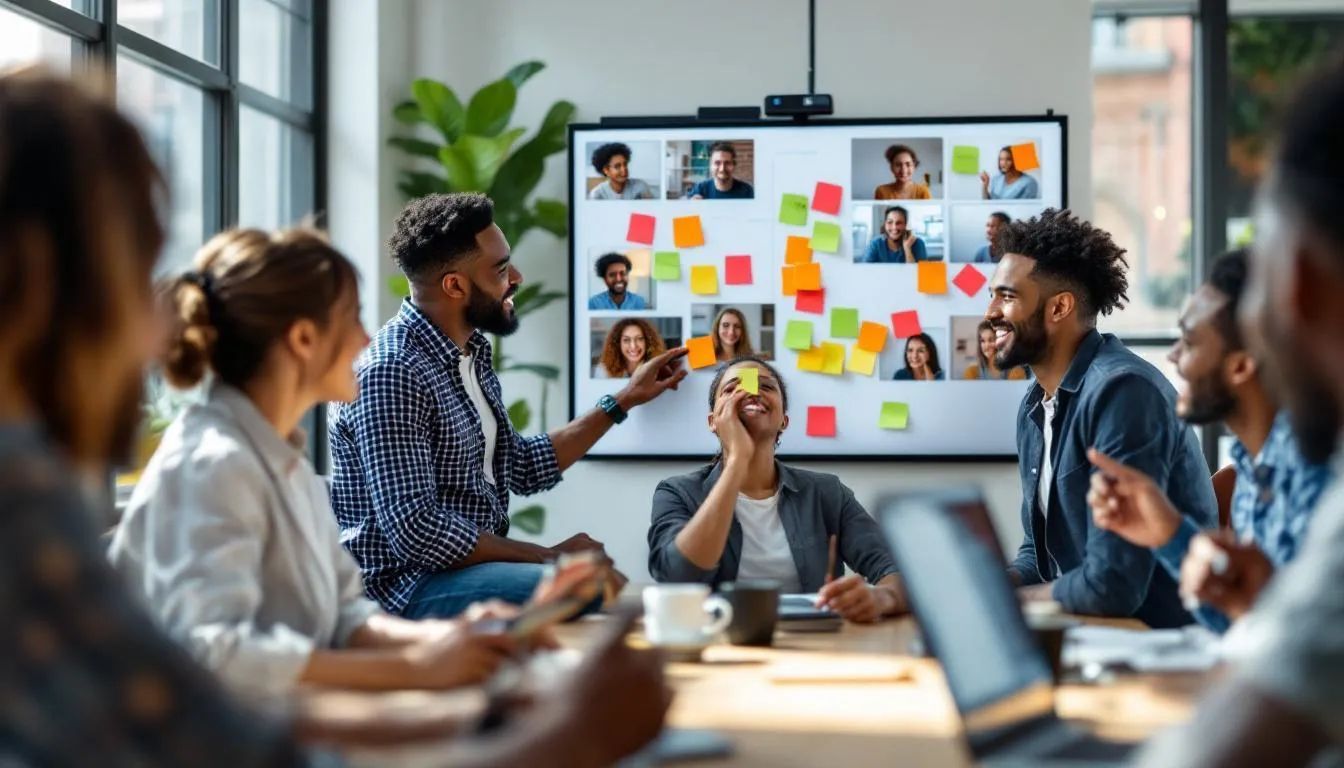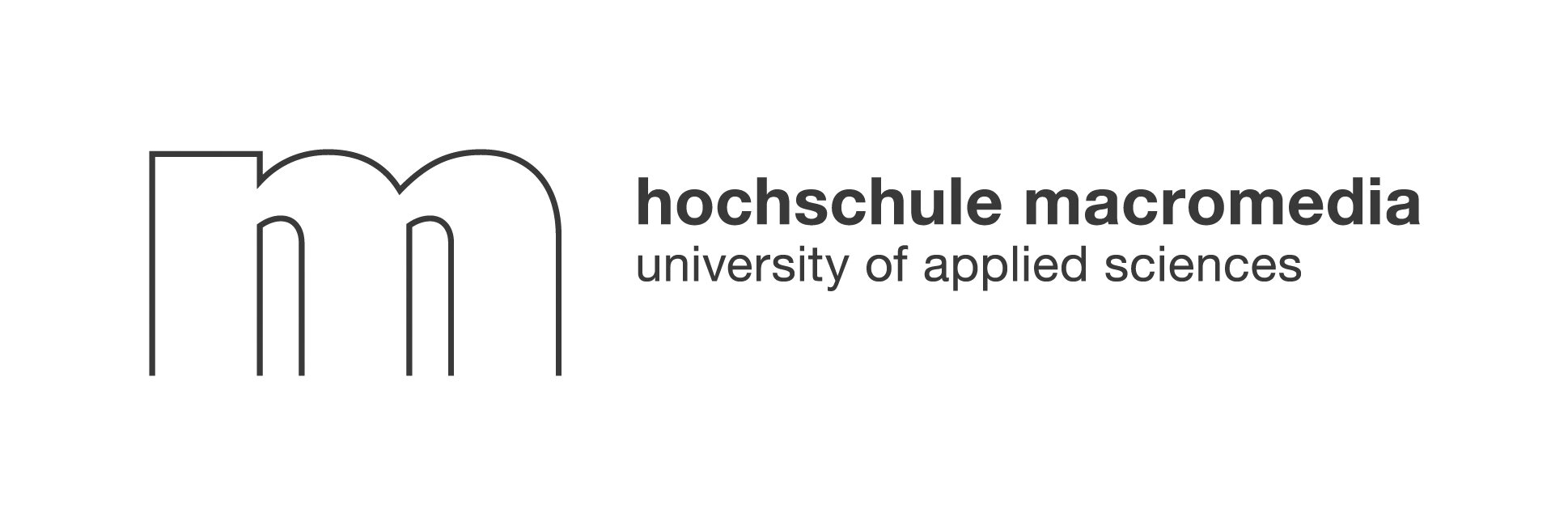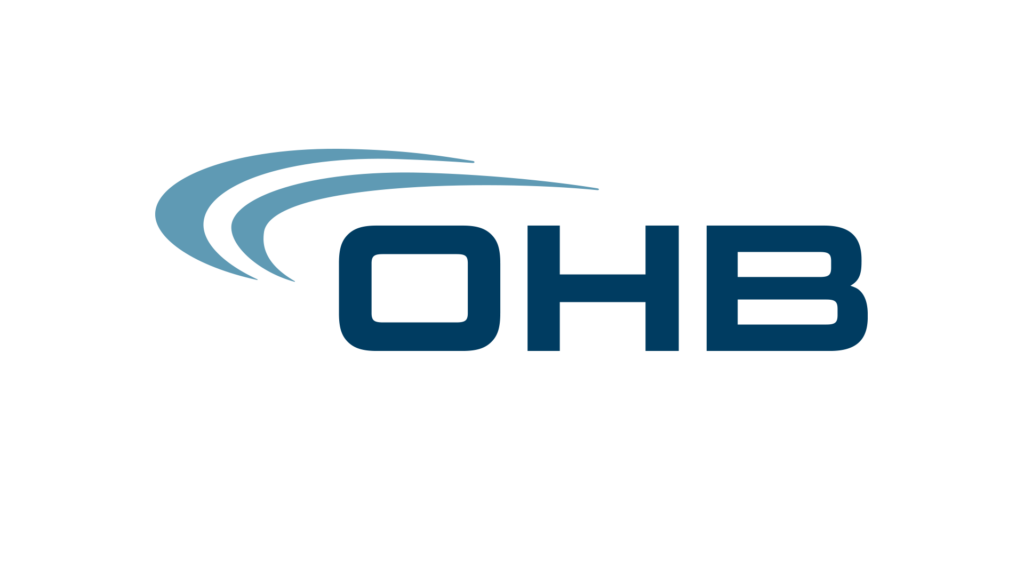The drive to increase employee productivity is more crucial than ever in 2025, especially as businesses navigate the evolving landscape of hybrid and remote work. Yet, many organizations still struggle to unlock their teams’ full potential. What if the secret to higher performance wasn’t just better tools or stricter policies, but a radical shift in how employees connect, collaborate, and thrive together? Let’s explore how forward-thinking companies, like Neroia, are revolutionizing workplace productivity with AI-driven, people-first strategies that break the mold of traditional engagement.
Understanding Employee Productivity Today
Definition and Why It Matters in a Hybrid Era
Employee productivity measures how efficiently individuals or teams turn resources—like time, skills, and technology—into meaningful results. In the hybrid work era, productivity is no longer about clocking hours at a desk. It’s about achieving outcomes: solving problems, serving customers, and innovating together, regardless of location.
Why does this matter? Because the lines between work and life have blurred. Employees juggle distractions, isolation, and digital overload. Companies that focus only on output risk missing the deeper drivers of sustained performance—motivation, engagement, and authentic connection.
“Productivity is not just about doing more in less time. It’s about enabling people to do their best work, together, in ways that are meaningful and sustainable.”
Key Statistics Shaping 2025 Workforce Expectations
Recent studies reveal the stakes:
- Hybrid and remote workers are, on average, 35–40% more productive than their in-office peers (Global Workplace Analytics).
- However, 85% of leaders worry they can’t accurately measure productivity in flexible environments (Microsoft Work Trend Index).
- Teams with high engagement and strong social bonds are up to 21% more profitable and show lower turnover (Gallup).
These statistics highlight a paradox: while remote work can boost output, it can also erode connection and engagement if not managed intentionally. The challenge for 2025 is clear—companies must foster both efficiency and authentic relationships to truly increase employee productivity.
Diagnosing Bottlenecks Before You Act
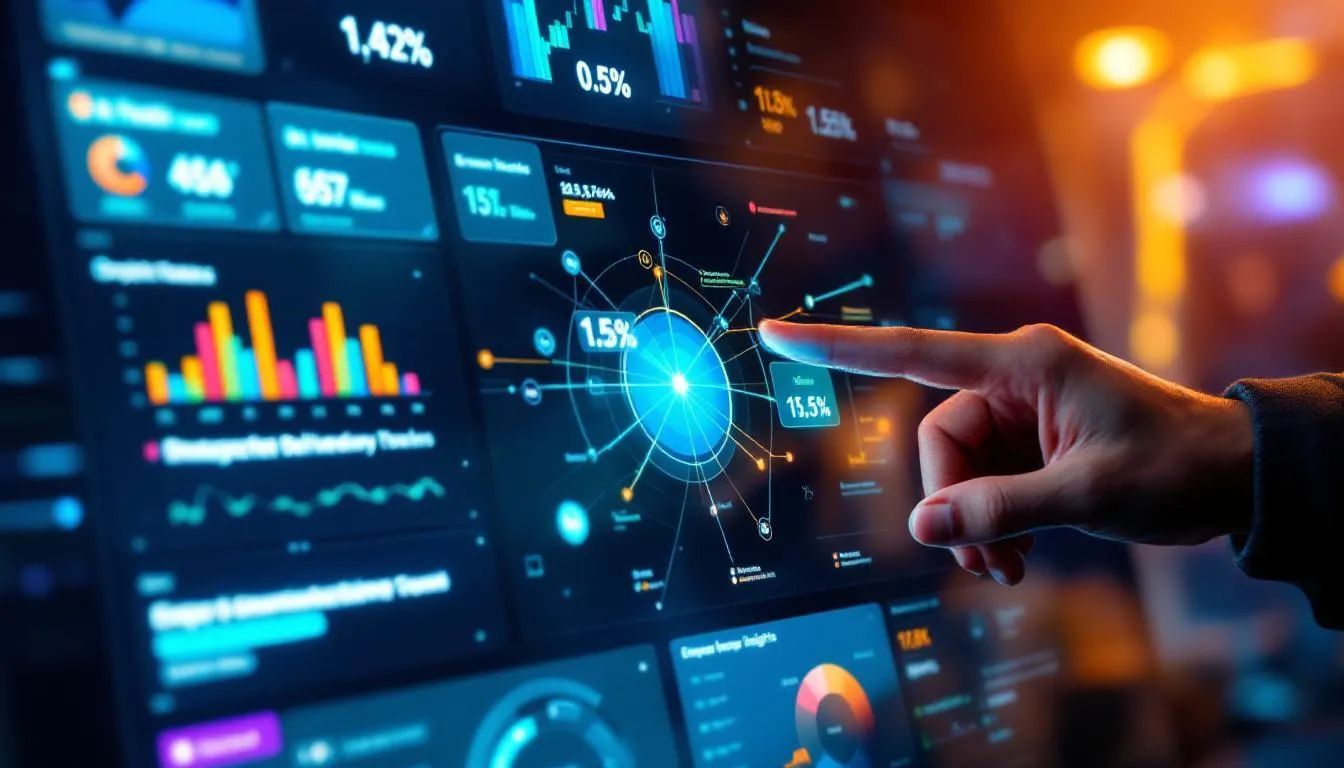
Quantitative vs Qualitative Productivity Metrics
Before launching new initiatives, leaders need a clear picture of where productivity stands. Quantitative metrics—like tasks completed, sales closed, or projects delivered—offer a snapshot of output. Qualitative metrics—such as employee engagement, collaboration quality, and customer satisfaction—reveal the “why” behind the numbers.
Combining both types of data provides a balanced view. For example, a team might hit all its deadlines (quantitative), but if engagement scores are low (qualitative), burnout or turnover could be looming.
Common Root Causes of Low Output
Low productivity rarely stems from laziness. Common bottlenecks include:
- Siloed teams: Employees lack cross-functional collaboration or feel disconnected from colleagues.
- Poorly designed workflows: Manual, repetitive tasks sap energy from meaningful work.
- Lack of recognition: When achievements go unnoticed, motivation drops.
- Generic engagement programs: One-size-fits-all initiatives fail to resonate, especially in hybrid settings.
- Well-being neglect: Unmanaged stress and isolation reduce focus and creativity.
Recognizing these root causes is the first step to crafting interventions that truly increase employee productivity.
9 Proven Ways to Increase Employee Productivity
Culture-First Tactics That Boost Motivation
A thriving culture is the engine of productivity. The most effective strategies include:
- Fostering authentic connections: Employees who feel seen and valued are more engaged.
- Encouraging autonomy: Empower people to own their work and contribute ideas.
- Recognizing achievements: Celebrate wins, big and small, to reinforce positive behaviors.
Traditional top-down events—like mandatory happy hours or generic wellness webinars—often fall flat, especially for remote or introverted team members. Instead, micro-events tailored to real interests spark genuine engagement.
Process Tweaks for Faster, Error-Free Workflows
Small process improvements can yield big results:
- Streamline meetings—only invite essential participants and keep agendas focused.
- Automate repetitive tasks, freeing up time for creative problem-solving.
- Clarify roles so everyone knows how they contribute to shared goals.
Technology Upgrades That Remove Manual Toil
Modern productivity tools are essential, but only if they’re used wisely. Integration is key:
- Use collaboration platforms (like Slack or Asana) to centralize communication and task management.
- Implement AI-powered scheduling and analytics to optimize workflows.
- Leverage platforms that connect people based on shared interests, not just projects.
“The right technology doesn’t just speed up processes—it brings people together and amplifies what teams can accomplish.”
Building a High-Impact Productivity Tech Stack
Must-Have Collaboration and Automation Tools
The 2025 workplace relies on a seamless blend of collaboration and automation. Essential components include:
Teams that combine these tools report higher efficiency and morale, especially when platforms work together to reduce friction.
AI and Analytics for Real-Time Performance Insight
Artificial intelligence is transforming how companies increase employee productivity:
- AI-driven recommendations: Platforms like Neroia use anonymized data to suggest small-group activities—such as yoga sessions, cycling meetups, or cultural exchanges—tailored to individual interests and schedules.
- Real-time analytics: Leaders gain insights into engagement, collaboration patterns, and potential burnout risks without compromising employee privacy.
- Personalized nudges: Automated reminders encourage participation in well-being or learning activities, sustaining momentum over time.
“With AI, you can effortlessly discover new ways to connect, learn, and grow—without adding to your to-do list.”
Leadership’s Role in Sustaining Gains
Coaching Practices That Replace Micromanagement
Gone are the days of hovering managers. Today’s leaders coach, guide, and empower:
- Hold regular 1:1s focused on removing blockers and supporting growth.
- Ask open-ended questions to uncover needs and spark innovation.
- Model vulnerability and openness, encouraging others to do the same.
“Stop micromanaging and start empowering your employees,” advises Sandeep Kashyap, founder of ProofHub. This shift builds trust, which is the foundation of productivity.
Recognition Loops That Keep Momentum High
Recognition isn’t a once-a-year event. The most productive teams:
- Give frequent, specific praise—peer-to-peer as well as top-down.
- Use digital platforms to make recognition visible and inclusive.
- Tie rewards to both outcomes (results) and behaviors (collaboration, creativity).
Neroia’s platform, for example, enables employees to acknowledge each other’s contributions in the flow of work, reinforcing a culture of appreciation.
Measuring Success: KPIs, Dashboards, and Benchmarks
Setting SMART Targets for Teams and Individuals
Clear goals drive focus. Effective KPIs are:
- Specific: Clearly define what success looks like.
- Measurable: Use data to track progress.
- Achievable: Set realistic, yet challenging, targets.
- Relevant: Align with business priorities and employee strengths.
- Time-bound: Attach deadlines or review periods.
Interpreting Data to Refine Your Strategy
Measurement isn’t just about numbers—it’s about learning. Use dashboards to:
- Spot trends in engagement, output, and well-being.
- Identify which initiatives (like AI-curated micro-events) boost productivity most.
- Adjust tactics based on feedback and evidence.
“Data-driven insights help you refine your approach, making every step toward higher productivity more targeted and effective.”
Future Trends Shaping Workplace Output
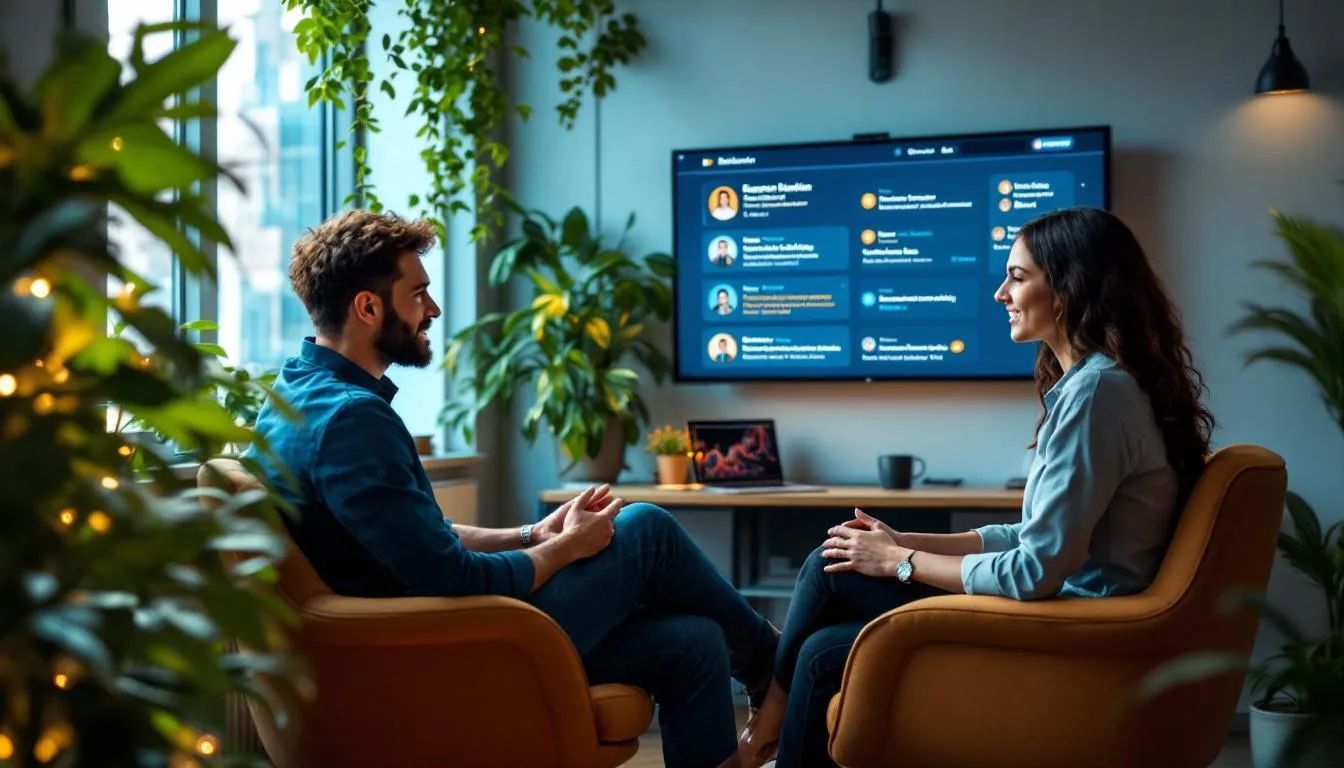
Gen-AI Copilots and the Rise of Autonomous Workflows
In 2025, generative AI is more than a buzzword—it’s a daily reality. AI copilots:
- Automate scheduling, document drafting, and routine communications.
- Suggest learning resources or wellness breaks based on real-time needs.
- Enable employees to focus on creative, strategic work that drives business value.
Wellness, Flexibility, and the 4-Day Week Frontier
Forward-looking companies recognize that well-being and flexibility are productivity multipliers:
- Mental health support, flexible hours, and even 4-day weeks are gaining traction.
- Personalized engagement—like Neroia’s AI-matched micro-events—helps employees recharge, connect, and collaborate more deeply.
- Outcome-based metrics replace rigid attendance rules, focusing on results that matter.
“Happy, healthy employees aren’t just more productive—they’re more creative, loyal, and ready to tackle tomorrow’s challenges.”
Why Traditional Engagement Initiatives Fall Short—and How Neroia Leads the Way
Many companies still rely on generic, top-down engagement programs: virtual town halls, all-hands meetings, or one-size-fits-all wellness sessions. In hybrid environments, these often miss the mark:
- Disconnected formats: Large, impersonal events fail to foster real relationships.
- Hybrid isolation: Remote team members feel excluded or overlooked.
- Output over outcomes: Programs focus on attendance, not genuine engagement or impact.
Neroia’s approach is different. By leveraging AI to curate micro-events—small, interest-based gatherings of 3–4 colleagues—the platform makes it easy for employees to forge organic connections, whether they’re in the office or remote. Imagine a quick yoga session, a lunchtime run, or a cultural exchange, all tailored to personal interests and coordinated seamlessly through Slack or Asana.
In pilot programs, such as the OHB company runs and yoga sessions, Neroia’s AI chat orchestrated activities, matched participants based on availability and preferences, and provided anonymized analytics for HR—ensuring privacy and continuous improvement.
“At Neroia, we believe that authentic, informal interactions are the key to unlocking higher engagement and productivity. Our platform helps you effortlessly discover new ways to connect, learn, and grow—no planning headaches, just real results.”
The Neroia Difference: Personalization, Privacy, and Performance
Neroia doesn’t just replace traditional benefits—it transforms them:
- Personalized experiences: Every activity is tailored to individual interests and schedules.
- Effortless integration: The platform connects with existing tools, making participation seamless.
- Employee-centricity and privacy: All data is anonymized, fostering trust while providing actionable insights.
- Continuous innovation: As AI evolves, so does Neroia’s ability to recommend new, meaningful ways for employees to engage and excel.
By focusing on breaking down silos, fostering vibrant engagement, and leveraging increased employee productivity to enhance well-being, collaboration, and business success, Neroia is setting the gold standard for the future of work.
“The future of productivity is human-centered, AI-powered, and outcome-driven. Neroia is your partner in building a workplace where everyone can thrive.”
Conclusion: Boosting Productivity Through Connection—The 2025 Playbook
To increase employee productivity in 2025, companies must go beyond surface-level fixes. The winning formula blends:
- Authentic, AI-driven connections (not just more meetings)
- Smart automation to eliminate busywork
- A relentless focus on well-being, engagement, and outcomes
Neroia’s social employee benefits platform is leading this revolution, helping organizations effortlessly foster the connections that drive real results. By making every interaction meaningful—and every employee seen—Neroia is proving that the best way to increase employee productivity is to put people, purpose, and technology in perfect harmony.
Ready to experience the future of workplace productivity? Discover how Neroia can help your teams connect, engage, and perform at their best—today and tomorrow.
